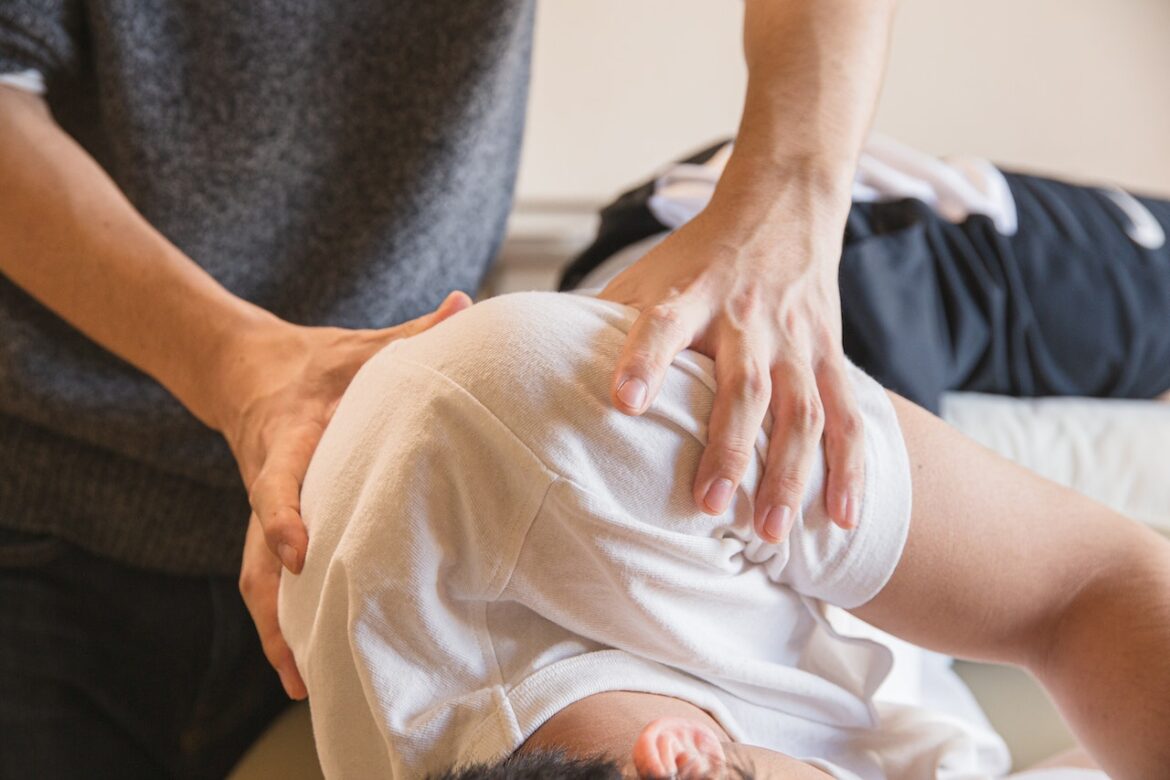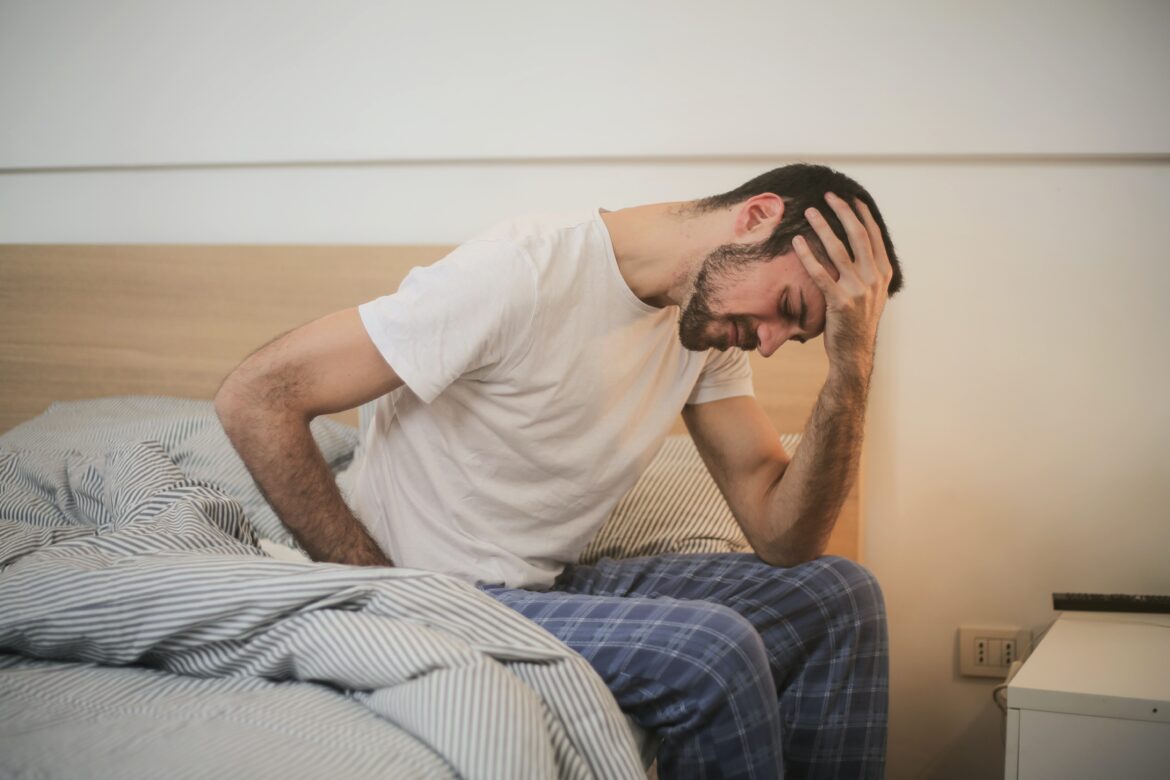When it comes to chronic pain conditions, the sources of discomfort and distress can often be complex and interconnected. One lesser-known but crucial aspect of this intricate web of pain is pelvic floor dysfunction. The pelvic floor, a group of muscles and connective tissues situated at the base of the pelvis, plays a pivotal role in supporting the abdominal organs and maintaining urinary and bowel control.
Dysfunction in this area can lead to a range of chronic ache conditions that might seem unrelated at first glance. In this article, we delve into the various facets of this connection to shed light on the impact of diaphragmatic dysfunction on chronic pain.
Unraveling Pelvic Floor Dysfunction
Pelvic floor dysfunction involves the improper functioning of the muscles, ligaments, and connective tissues in the diaphragm region. This dysfunction can result from a variety of factors, including childbirth, trauma, surgery, chronic strain, or even psychological stress. When the diaphragm muscles become weak, tight, or imbalanced, it can lead to a series of symptoms such as pelvic ache, urinary or fecal incontinence, intercourse, and even lower back ache.


